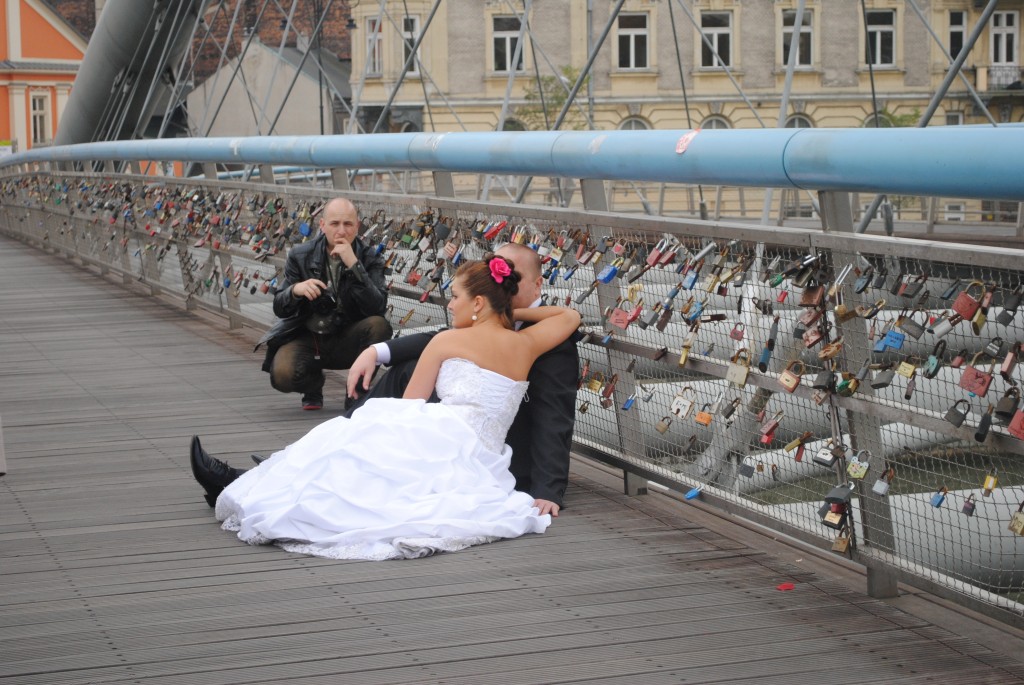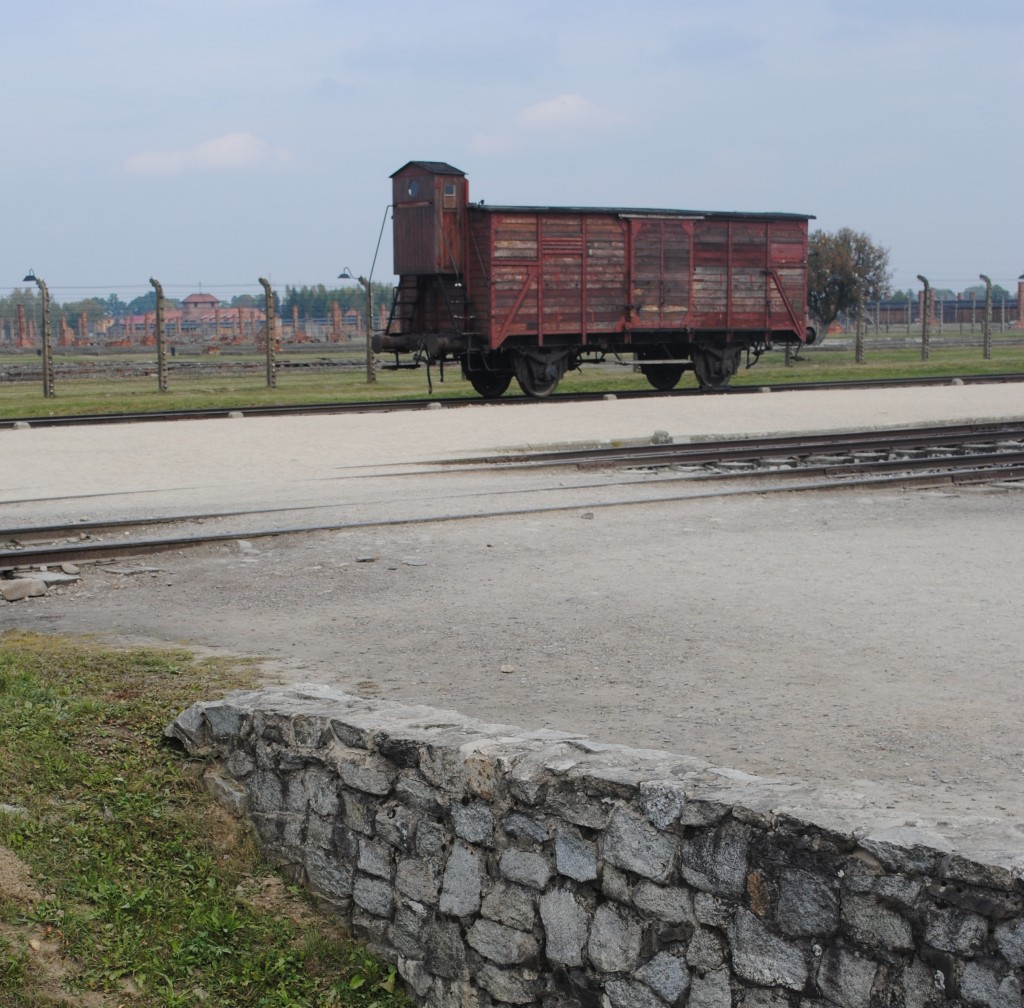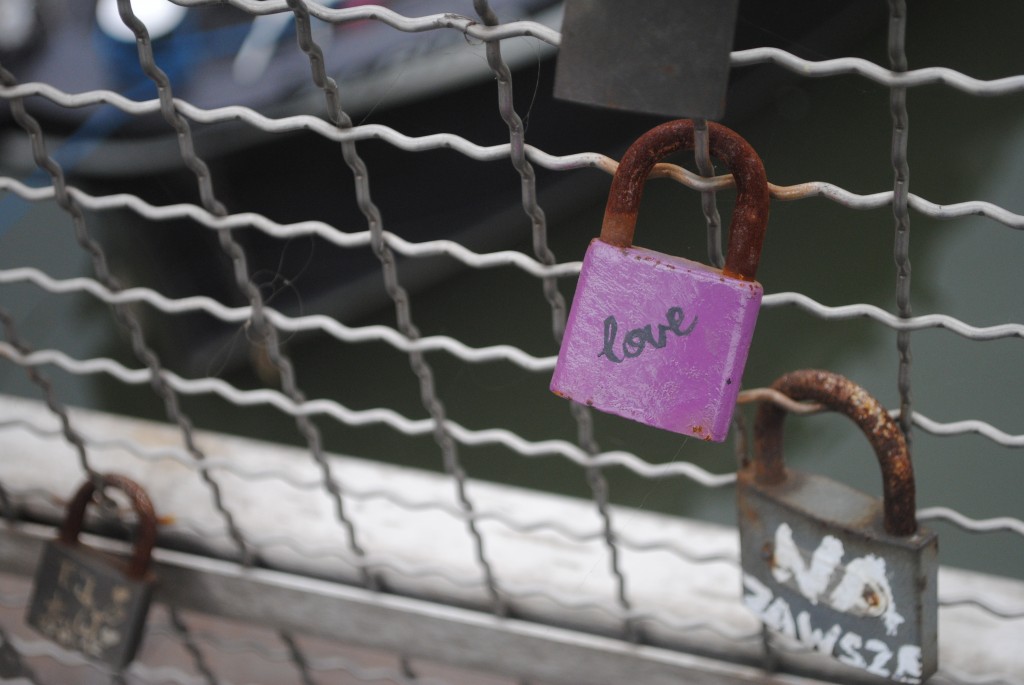It was a very strange experience to be a Jew visiting Krakow. Obviously I knew that a devastatingly large number of Jews lost their lives here, but the German destruction in Poland was so much worse than that (if such a thing is even possible), and it is sad to see that Poland is still struggling to recover from this devastation 70 years later.
The Galicia Jewish Museum, where we began our visit, presents an overview of this past and present struggle through a series of beautiful photographs. The first section of the museum depicts places where Jewish culture in Poland is still flourishing as a reminder of what it once used to be. Prior to World War II, Jews had been living in Poland for over 800 years and the richness of that culture could not be found anywhere else in the world, even in places like the US and Israel where there are large numbers of Jews living. In many respects, Poland was considered to be the capital of Jewish culture. Given that 3 million Jews were killed in Poland during the Holocaust, representing about 90% of the Jews living here at the time, an entire culture was most definitely obliterated in a way that can never be restored. Recognizing this loss, the museum discusses the different ways that people in Poland are trying restore what was lost, and the conflict over the best way to do this.
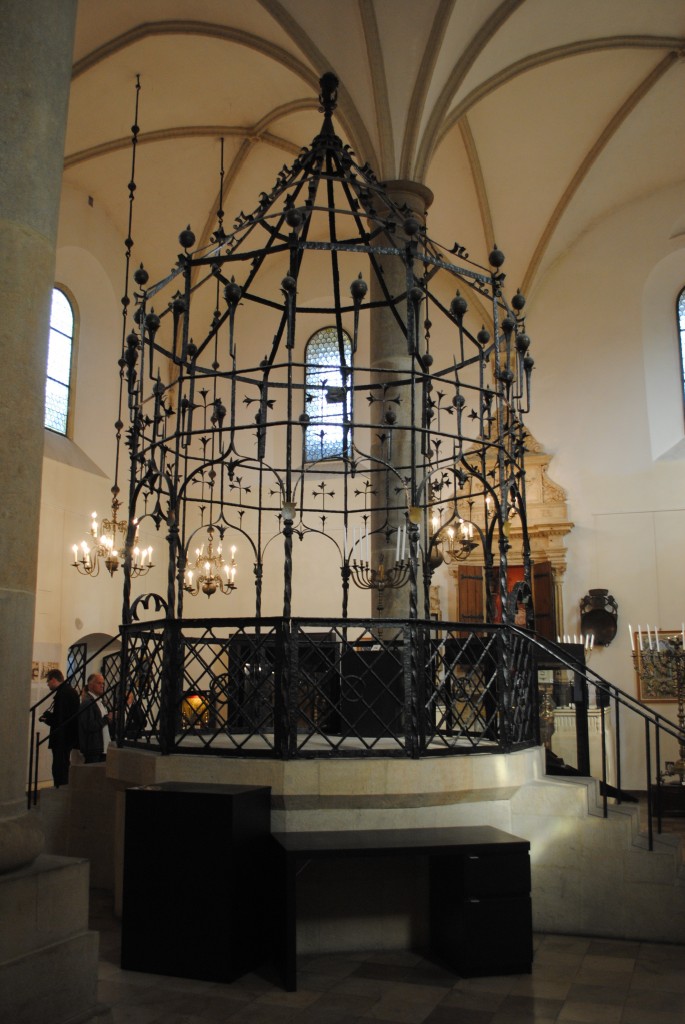
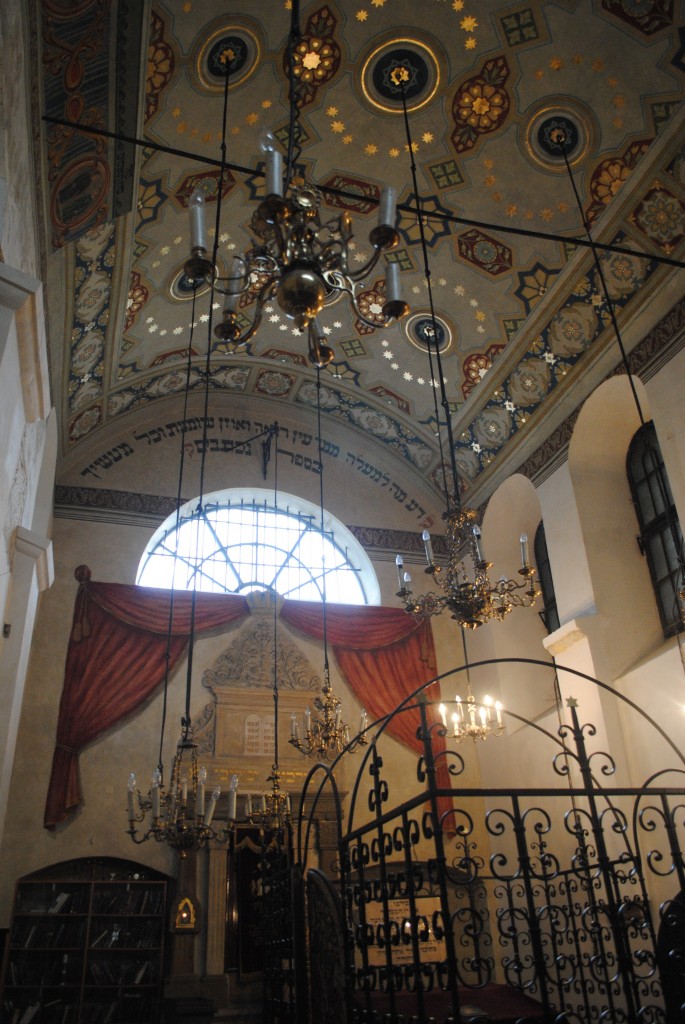
Kazimierz, the neighborhood in Krakow where we stayed, is a perfect example of this struggle to determine the best way to honor the destruction of this culture. Kazimierz used to be the Jewish neighborhood in Krakow. While there are very few Jews still living in Krakow today, Kazimierz still has a large number of synagogues and Jewish cemeteries. Less authentic are the Jewish restaurants that do not seem to be run by actual Jews, but by non-Jews who remain in the neighborhood that are trying to honor the memory of what once flourished here. Or perhaps, they are just trying to make money. We had trouble discerning the true intentions of those running the restaurants and shops we saw, but I am hoping it is not a cynical one. Even for those that are truly well-intentioned, there is a divide between those who feel this is a positive way to remember the Jews that used to flourish in this neighborhood and those who think that it would be more powerful to remember what this neighborhood once was by the absence of these things.
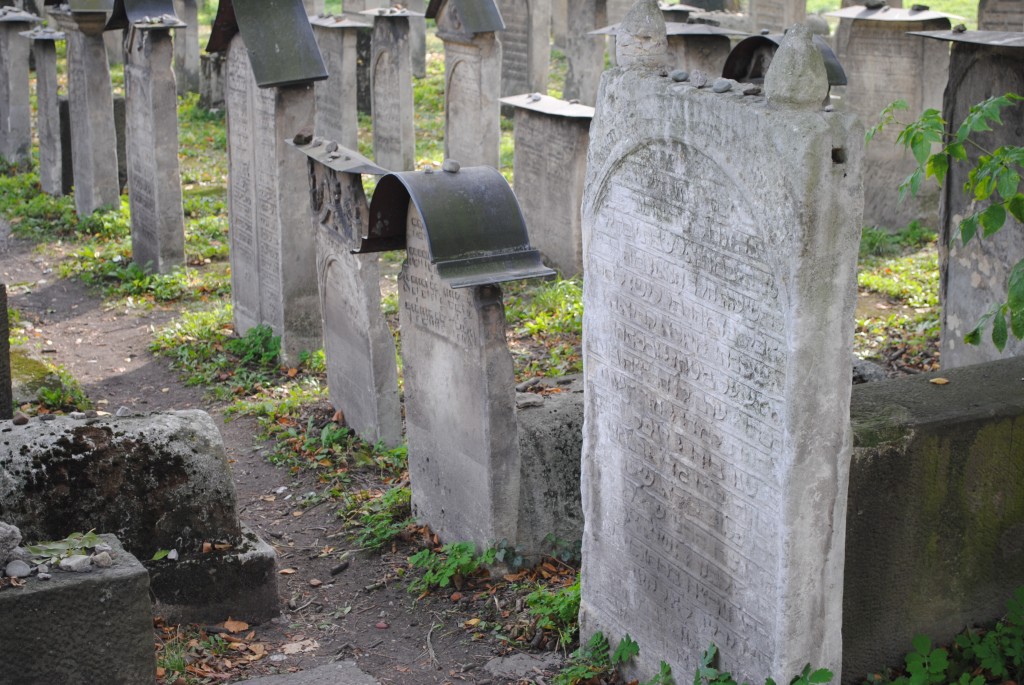
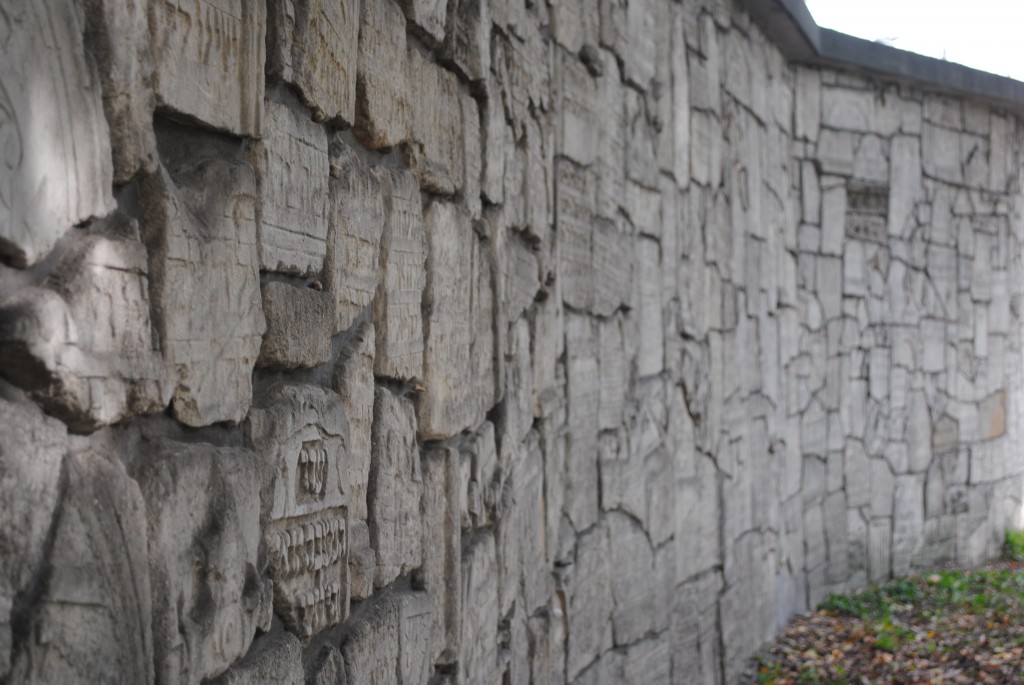
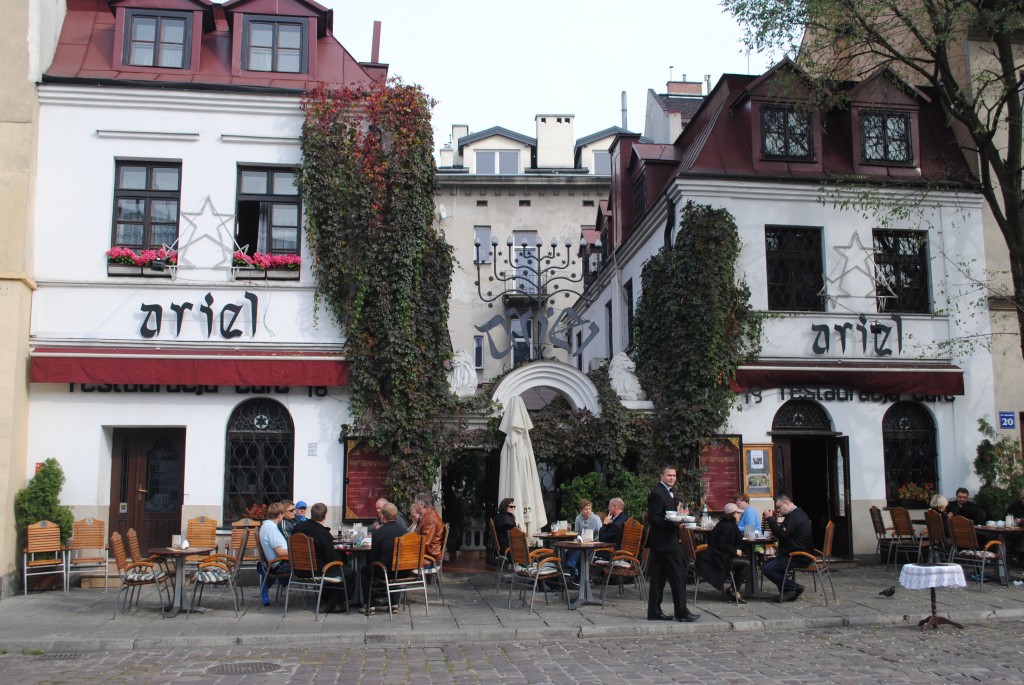
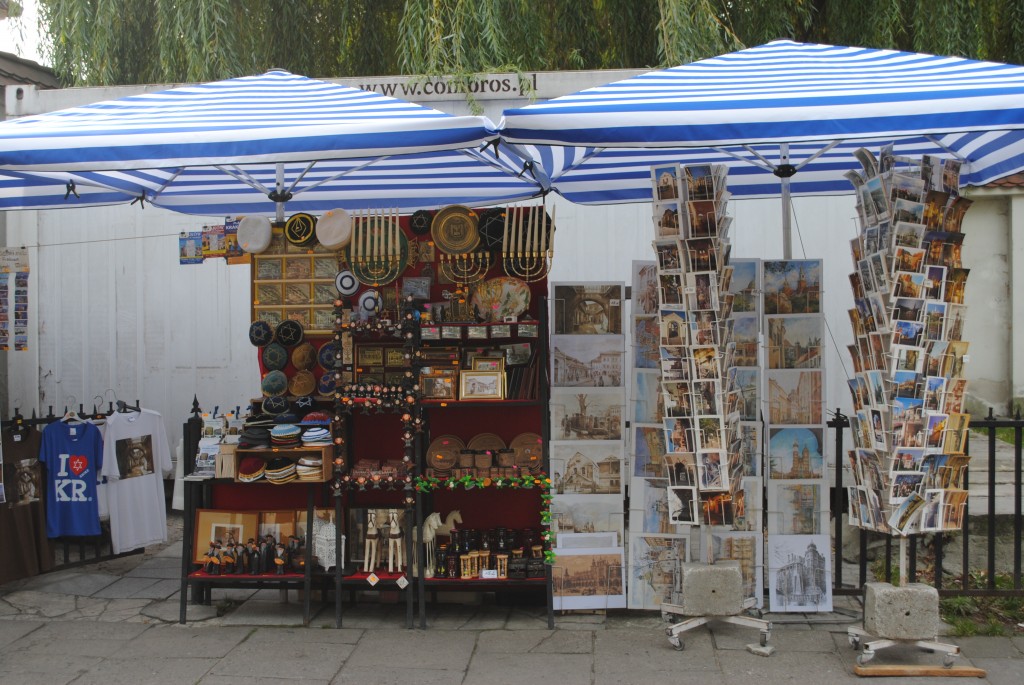
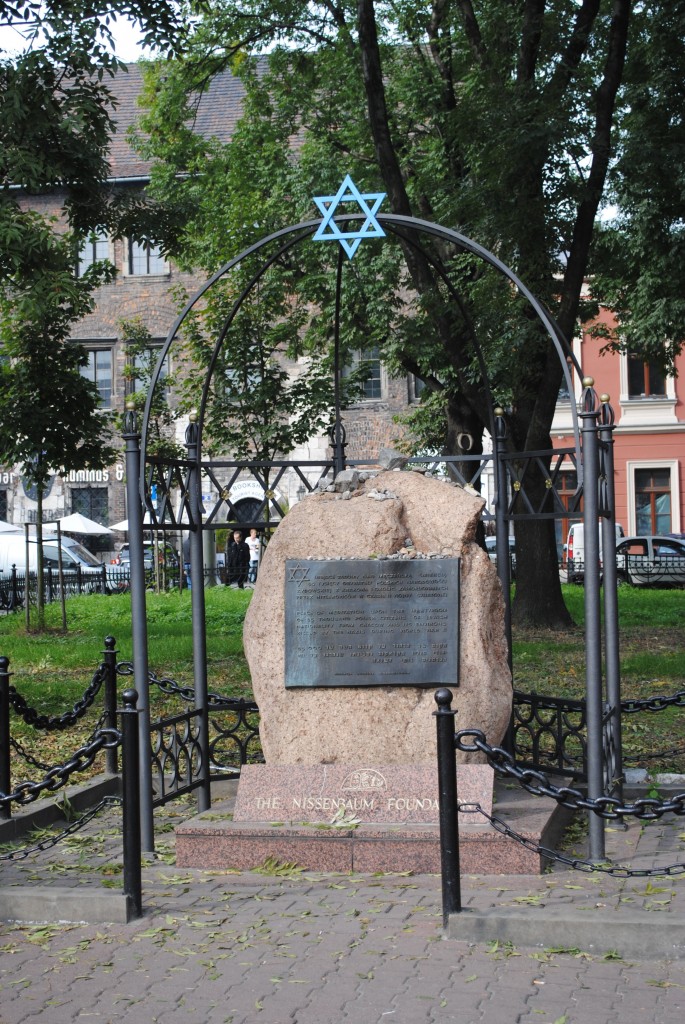
One does not need to wait until a visit to Aushwitz, located 1.5 hours away from Krakow, to see reminders of the horrors inflicted on the Jews in this area. Across the river from Kazimierz, a mere 20 minute walk from where we were staying, are the last remnants of the Krakow ghetto. The Jews in Krakow were either forced to live here or expelled from the city in 1941. When the ghetto was liquidated in 1942, Those deemed unfit for work, including large numbers of babies and small children, were massacred in the streets. Another mile or so away from here is the concentration camp Plaszow where large numbers of Krakow Jews were sent to work and many died from exhaustion and starvation.
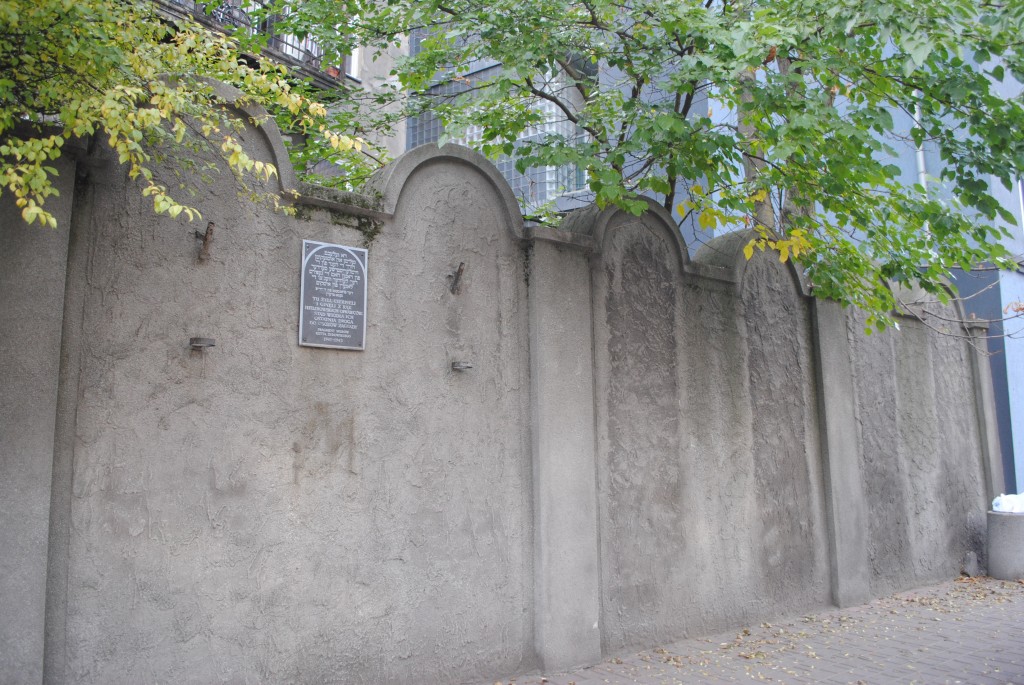
After learning about the history of the nazi destruction in Krakow and seeing the remnants of this within city limits, Aushwitz surprisingly seemed almost unnecessary for us to see as a testament to this horrid history. And yet, when we did visit it on the final day, it was surreal being at a place where over 1 million people were murdered. Aushwitz was actually three camps: Aushwitz I (the main camp converted from former army barracks), Aushwitz II-Birkenau (the main extermination camp which housed four gas chambers/crematoria that could murder up to 2,000 people each at one time), and Aushwitz III (a third labor camp that was completely bombed by the Allies). The gas chambers were only used twice a week because they could kill people much faster than the creamtoria could burn their bodies. It makes you realize that as successful as the nazis were at murdering people, they could have killed a lot more if they had tried just a bit harder, which is the silver lining to all of this if there is to be one. Aushwitz I has the most visually unsettling things: the massive collections of human hair (that the nazis sold to German business to be used for textiles) and various items that people brought with them to the camps (suitcases, glasses, shoes etc.), as well as a remaining gas chamber/crematorium that you can actually go inside and chillingly get as close to experiencing what it must of been like for many in their final moments.
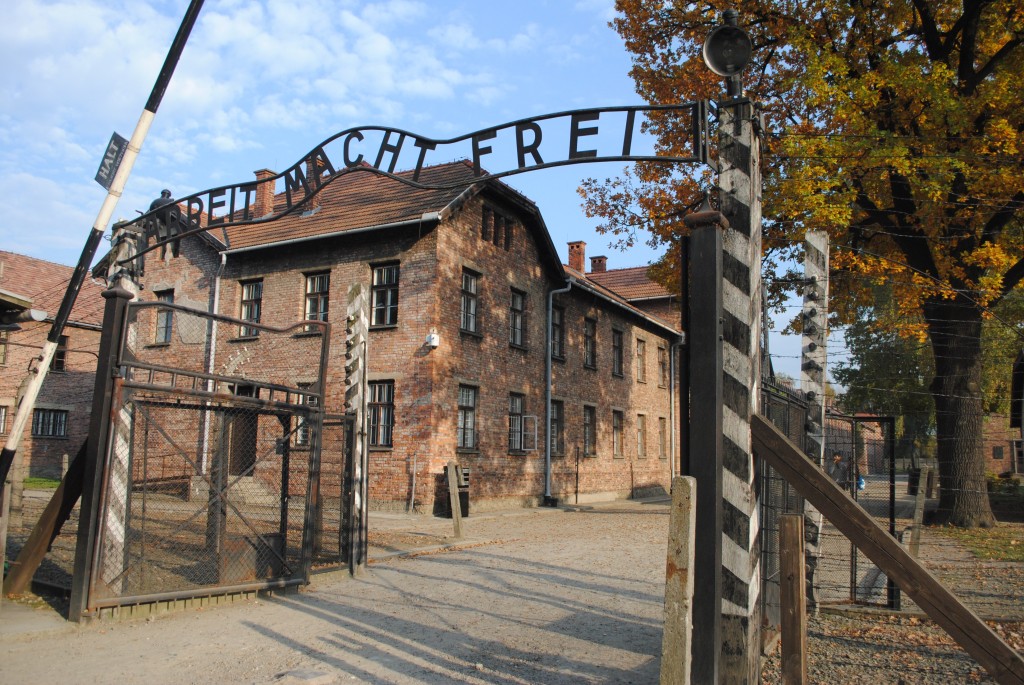
You have to take a shuttle from Aushwitz I to Birkenau, which is about two miles away. Even though all the gas chambers in Birkenau were destroyed by the nazis, this was the camp that felt much more eerie and sad to visit. Much of this was because it was less crowded than Aushwitz I. This was also the location where the sorting occurred when Jews arrived on the trains. There are pictures throughout Aushwitz-Birkenau of Jews lined up and being sorted: Jews deemed fit for work were sent to the barracks and those deemed unfit (children, pregnant women, the elderly etc.) were sent immediately to the gas chambers. A large number of young women were sent to the gas chambers even though they would have been capable of working, because they had young children and separating them from their children would likely have caused the children to panic and create chaos. Rather than sparing the lives of the children to prevent this chaos, the mothers were sentenced to death along with them. It is very harrowing to be standing in what you can see is the same spot that this occurred based on the pictures lined up in front of you.
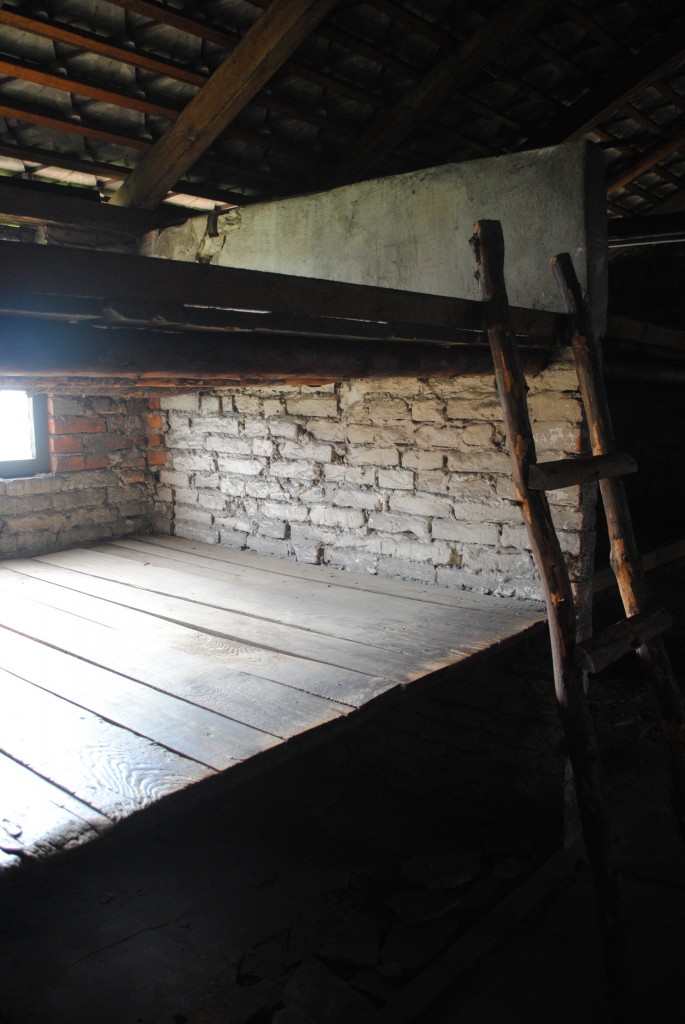
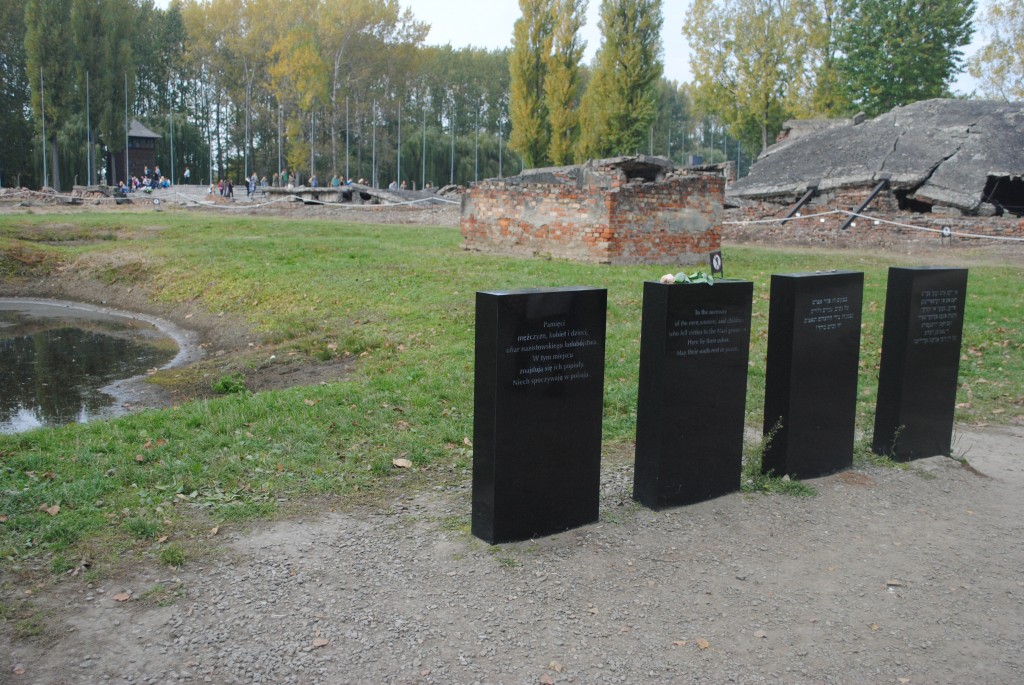
One important thing to note is that it wasn’t just the Jews of Poland that lost their lives, but that many non-Jewish Poles were murdered in very similar ways. It is very clear that the nazis held non-Jewish Poles in very low estimation and planned to expel them completely from Poland through both deportation and extermination like they did with the Jews. For this reason, the sense that I got was that Polish people today feel the impacts of the Holocaust differently than many others in Europe, not only because they lost the highest percentage of Jews and so much of the murder and destruction occurred within their own country, but also because they knew it was only a matter of time before all of them would have lost their homes and likely their lives.
As a descendant of Polish Jews it was very hard to learn the details of this history here and to realize that I am part of a culture that virtually does not exist anymore. It felt difficult in many ways to appreciate and enjoy the positive things that Krakow had to offer. But the reality is that despite this horrific history, Krakow is still a place where people thrive and happily live their lives. One of my favorite places that we found in Krakow is the Lovers Bridge. Couples come here together to put a padlock onto the bridge and throw the key into the water to symbolize their never ending love for each other. The bridge is covered in these locks, many of which have names and dates on them. We saw several brides and grooms putting up their locks and taking pictures in the short time we were there. I love that this bridge is located in a city with such a sad history. It is a testament to the fact that even in the face of the most monstrous hate, it is love that endures.
